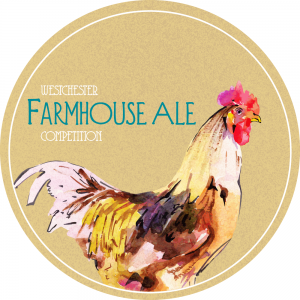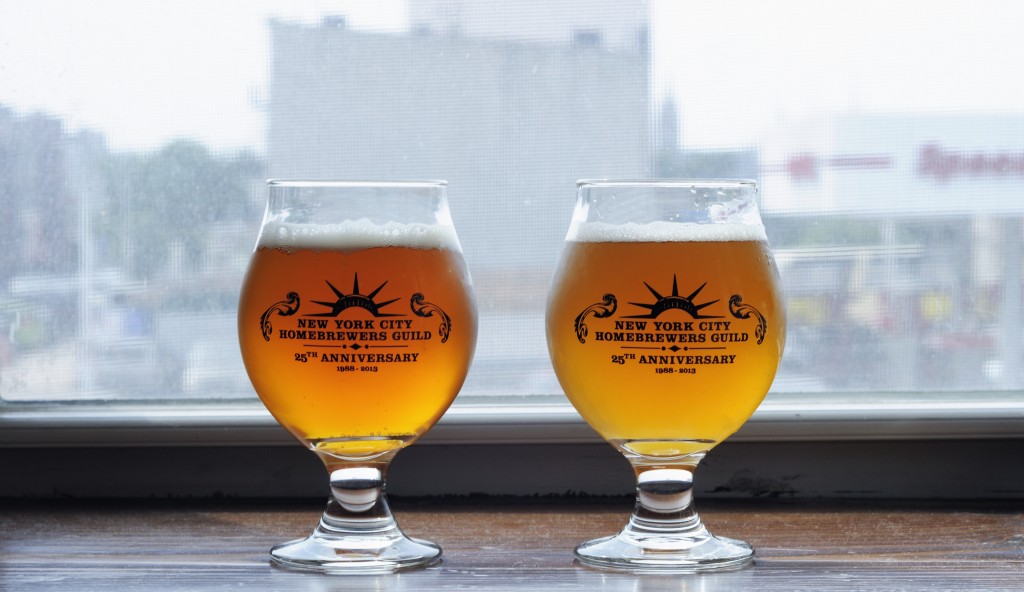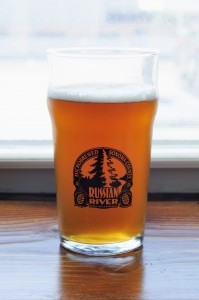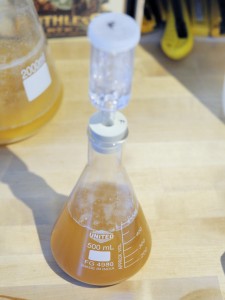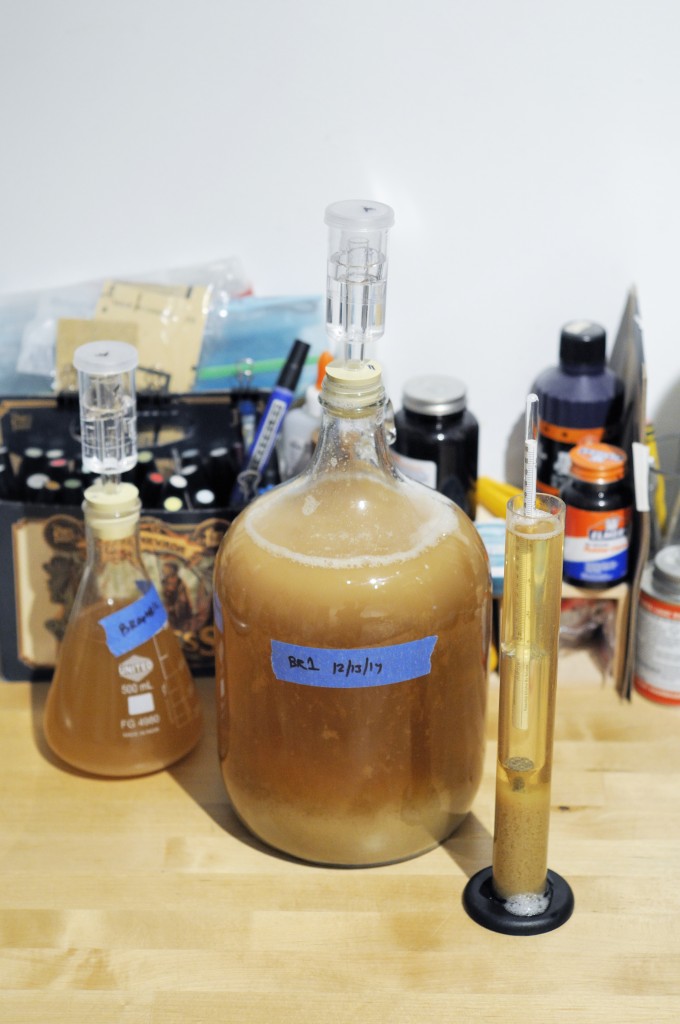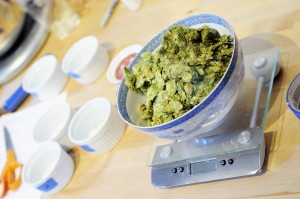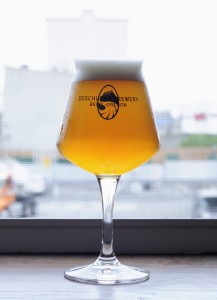Update, Winner! I had a great time serving beers to the thirsty public at the festival. It was great to talk brewing, enjoy everyone’s beers, and eek out one last bit of fall weather. I also managed to take home the biggest prize, the Brewer’s Choice Award! I am collaborating with Yonkers Brewing Company to have the beer brewed commercially. It’s gonna be a blast! Stay tuned for details about where the beer will be tapped in the NYC area.
—-
Join me on Sunday, October 11th, for the first annual Westchester Farmhouse Ale competition at Harper’s Restaurant in Dobbs Ferry. 20+ homebrewers (including myself) will be pouring ‘farmhouse’ style homebrewed beers. Thirty dollars gives you access to 5 hours of drinking, food, and live music. The grand prize winner will have their beer brewed commercially at Yonkers Brewing Company with additional winners for people’s choice, brewer’s choice, and Harper’s choice.
If you like saison, and the many creative and interesting permutations of the style, this will be a fun event to check out.
Oast House Saison
My entry for this competition is a new take on the prototypical Saison DuPont-esque saison. I’ve taken a base of pilsner malt, added a bit of rye to round the mouthfeel and accentuate the spicy phenolic yeast character, and then added some oats to give what is typically a very dry beer a soft roundness on the palate. I then took the beer and fermented it with a house-mixed culture that originally consisted of harvested Saison Dupont dregs, The Yeast Bay’s Brett Amalgamation blend, and a touch of White Labs’ Lacto Brevis.
I’ve run this culture through a number of trial fermentations and it tends to be very fruit forward with lots of melon and minimal brett funk. There is some tartness that likes to come out in low-IBU beers such as this one, but is pretty much non-existent in beers over 15 IBUs.
Post fermentation, the beer was dry-hopped with a blend of New World citrus-forward hops that play very nicely with the fermentation character and tartness in the beer. The resulting bright and juicy fruit character is amazing — a perfect blend of yeast and hops.
If you come out, please stop by and say hi. I’m very curious to hear your feedback on the beer!
Mixed-Culture Dry-Hopped Saison Recipe:
Specifications:
Size: 5.5 gal
Efficiency: 66%
Attenuation: 88%
Original Gravity: 1.052 (measured)
Terminal Gravity: 1.006 (measured)
Color: 4.88 SRM
Alcohol: 6% ABV (calculated)
Bitterness: 10.1 IBUs
Grist:
9 lb (69.2%) Weyermann Pilsner Malt
2 lb (15.4%) Oats Flaked – added during mash
2 lb (15.4%) Rye Malt – added during mash
Mash Regiment:
147 °F – 40m
152.0 °F – 20m
158 °F – 10m
Water Treatment:
Extremely Soft NYC Water
6g Gypsum (to mash)
Hopping:
8 g Centennial (10.5% AA) – 90 m
1 oz Citra™ (12.5% AA) – dry hopped 3 days
1 oz Azacca (10.3% AA) – dry hopped 3 days
Kettle Additions:
0.5 ea Whirlfloc Tablets – 15 m
0.5 tsp Wyeast Nutrient – 10 m
Yeast:
1L House Saison Mixed Culture

